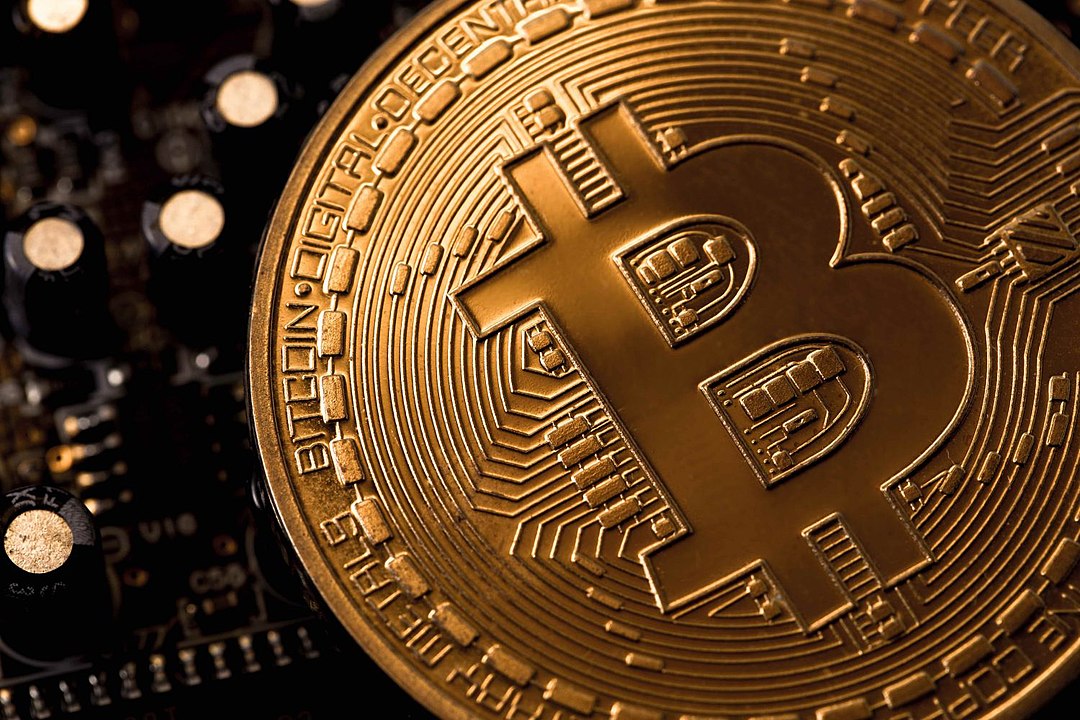
Like every CEO when the pandemic hit, Christopher Gimmer wondered how the crisis would affect his Ottawa-based startup, Snappa. He had reason to be hopeful, on the business front at least. Snappa is a small company with only a handful of employees, its simple-to-use online graphic design tools were already popular with entrepreneurs, and within weeks Snappa’s growth rate accelerated as more businesses rushed online. Yet Gimmer was troubled by what he saw around him— governments battling the rapidly spreading COVID-19 virus by raising debt to levels not seen since the Second World War, while central banks slashed interest rates to near zero.
Which is when Gimmer did something very few other CEOs had ever dreamed of. After Snappa’s bank cut the interest rate on its “high-interest savings account” to 0.45%, Gimmer began to shift a portion of Snappa’s cash holdings into bitcoin (BTC), the radical cryptocurrency that promises a way to conduct transactions online while sidestepping the established world of finance. It’s also an asset JPMorgan Chase & Co.’s chief executive officer, Jamie Dimon, once derided as a “fraud … worse than tulip bulbs.”
“Central banks and nation states have reached a point of no return, and they’ll never be able to raise rates again,” says Gimmer, who fears the value of currencies will be driven down even further after the pandemic ends. Bitcoin, on the other hand, has a hard cap of 21 million units, and the last bitcoin won’t be electronically mined until the year 2140, something fervent adherents, including Gimmer, insist protects its value against erosion. “We worked really hard on this business over the course of five years and developed a really nice cash balance. We realized bitcoin could be the ultimate reserve asset for us to protect our purchasing power,” he says.